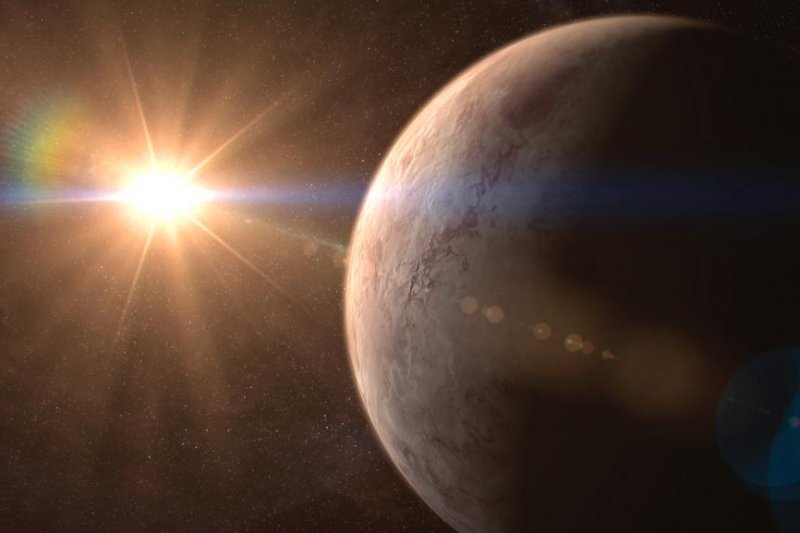SAN CRISTóBAL DE LA LAGUNA, Canary Islands, Nov. 16 (UPI) -- Scientists have found another nearby "super-Earth" -- the name given to rocky exoplanets several times the size of Earth.
The exoplanet was discovered orbiting GJ 536, a bright main-sequence star located 32 light-years from Earth. The planet's mass is the equivalent of 5.4 Earths.















